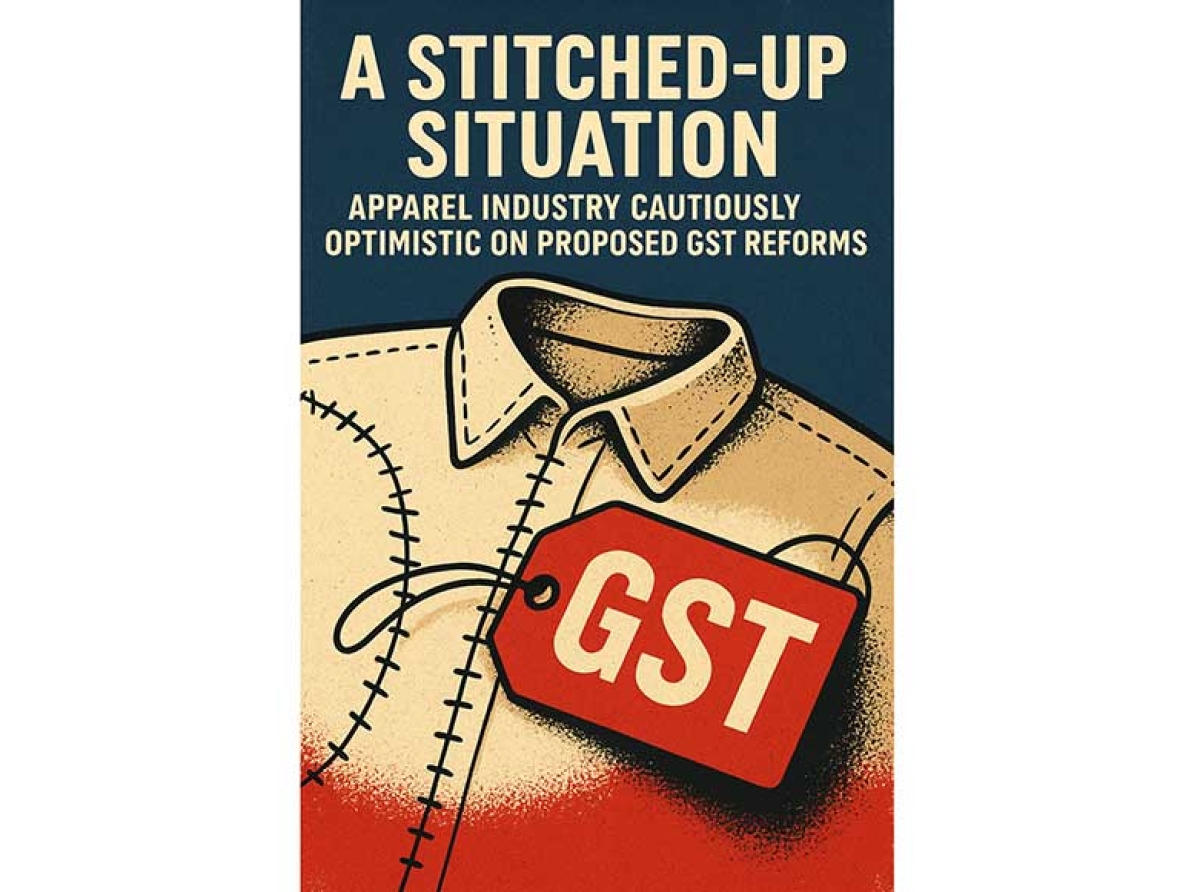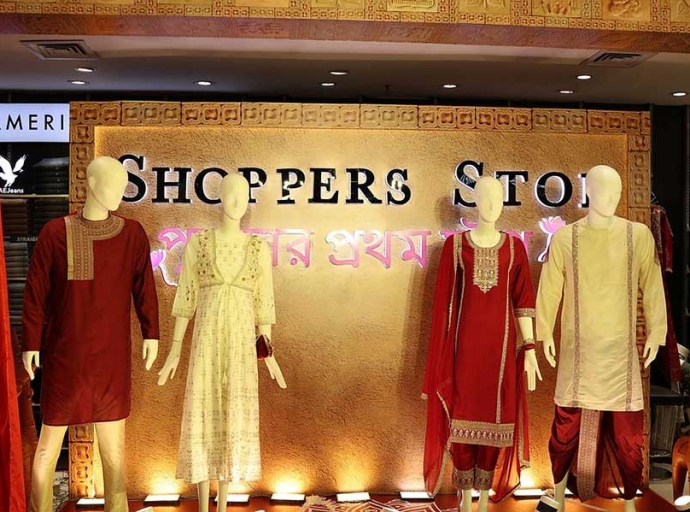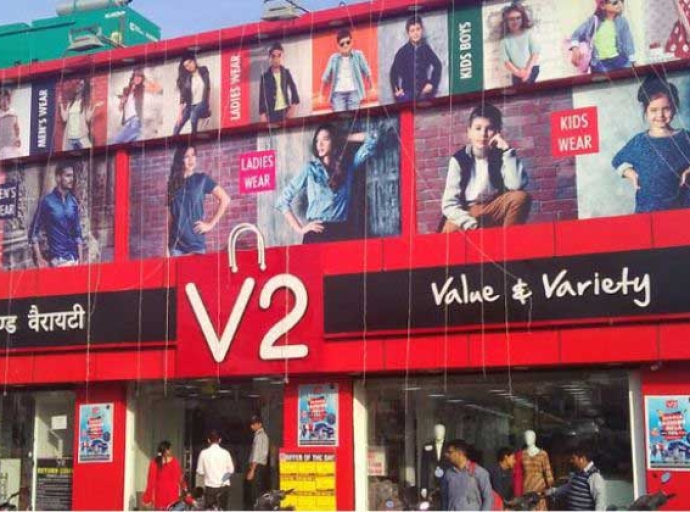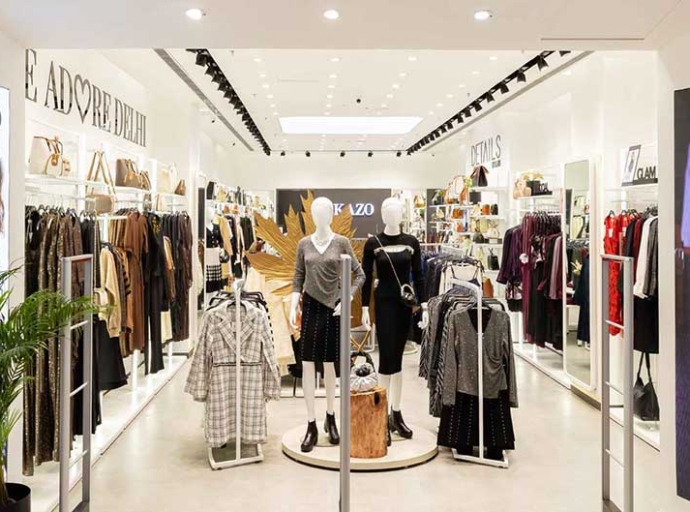A Stitched-Up Situation: Apparel industry cautiously optimistic on proposed GST reforms

20 August 2025, Mumbai
The Indian apparel and textile industry is watching with bated breath as the government prepares to unveil a simplified Goods and Services Tax (GST) structure.
Read our latest issue
While the industry welcomes the move to reduce the number of tax slabs, concerns are mounting over the potential pitfalls of the proposed changes, particularly the risk of a significant price hike for mid-range garments.
The reform's core objective is to consolidate the current four-tier system (5%, 12%, 18%, and 28%) into two primary slabs: a lower rate of 5% for essential goods and a higher rate of 18% for others.
A special rate of 40% would also apply to "sin goods." For the apparel sector, the challenge lies in how products currently taxed at 12% will be re-categorized.
The Complicated Case of Apparel and Textiles: A tale of two tiers
Currently, the GST on apparel is bifurcated, with a 5% rate for garments priced up to ₹1,000 and a 12% rate for those priced above ₹1,000. The proposed elimination of the 12% slab presents a dilemma: will these higher-priced garments be moved into the 5% or 18% bracket?
According to Rahul Mehta, Chief Mentor of the Clothing Manufacturers Association of India (CMAI), a shift to the 18% slab would be "disastrous." He warns that such a move would lead to a steep increase in retail prices, hitting consumers in the mid-to-premium segment. This could dampen demand, push manufacturers toward unhealthy practices like under-invoicing, and fuel the grey market.
Mehta advocates for a uniform GST of 5% across the entire textile value chain, from raw materials to finished goods. This, he argues, would not only make clothes more affordable but also resolve the long-standing issue of the inverted duty structure.
What is the Inverted Duty Structure?
The inverted duty structure (IDS) is a complex tax issue that arises when the GST rate on inputs (raw materials, etc.) is higher than the GST rate on the finished product. In the textile industry, this problem has persisted, particularly in the man-made fiber (MMF) segment. For instance, while certain raw materials like synthetic fibers are taxed at 18%, the finished fabric and garments may be taxed at a lower rate, such as 5% or 12%. This creates a working capital blockage for manufacturers, who are left with a surplus of Input Tax Credit (ITC) that they cannot fully utilize.
● Case Study: The MMF Dilemma
○ Inputs: Purified Terephthalic Acid (PTA) and Monoethylene Glycol (MEG), key raw materials for polyester, are taxed at 18%.
○ Outputs: MMF yarn and fabrics are taxed at 12% or 5%, depending on the value and type.
○ Impact: This mismatch leads to an accumulation of unused ITC, putting a strain on the cash flow of businesses. The industry has long appealed for a "fibre-neutral" GST policy to ensure a level playing field for all textile segments.
The impact on apparel retail & supply chain
Any change in GST rates will ripple through the entire apparel supply chain.
● Retail prices: If garments above ₹1,000 are moved to the 18% slab, consumers will face a significant price increase. This could lead to a decline in sales, especially in the festive and wedding-related apparel segments where spending is often price-sensitive.
● Retailers: Retailers might see a shift in consumer behavior, with a preference for lower-priced garments to stay within the 5% tax slab. This could force them to alter their product mix and marketing strategies.
● Supply chain: A higher tax burden on finished goods could disincentivize domestic manufacturing and encourage imports. It could also push a portion of the industry towards the unorganized sector to evade the higher taxes, which would be detrimental to a sector that is a major contributor to employment in India.
|
Apparel Price Point |
Current GST Rate |
Proposed GST Rate |
Potential Impact |
|
Up to ₹1,000 |
5% |
5% |
No change; likely to remain a key growth segment. |
|
Above ₹1,000 |
12% |
18% (if shifted) |
Disastrous; significant price hike, dampened demand. |
|
|
|
5% (if shifted) |
Beneficial; increased affordability, boost in sales. |
The government's stated objectives of simplifying the tax regime and making goods for mass consumption more affordable are laudable.
However, for the apparel and textile industry, the success of these reforms hinges entirely on their implementation.
The industry's message is clear: rationalization must not come at the cost of raising the tax burden on a sector that is a cornerstone of the Indian economy and a major source of employment.
Latest Publications

































